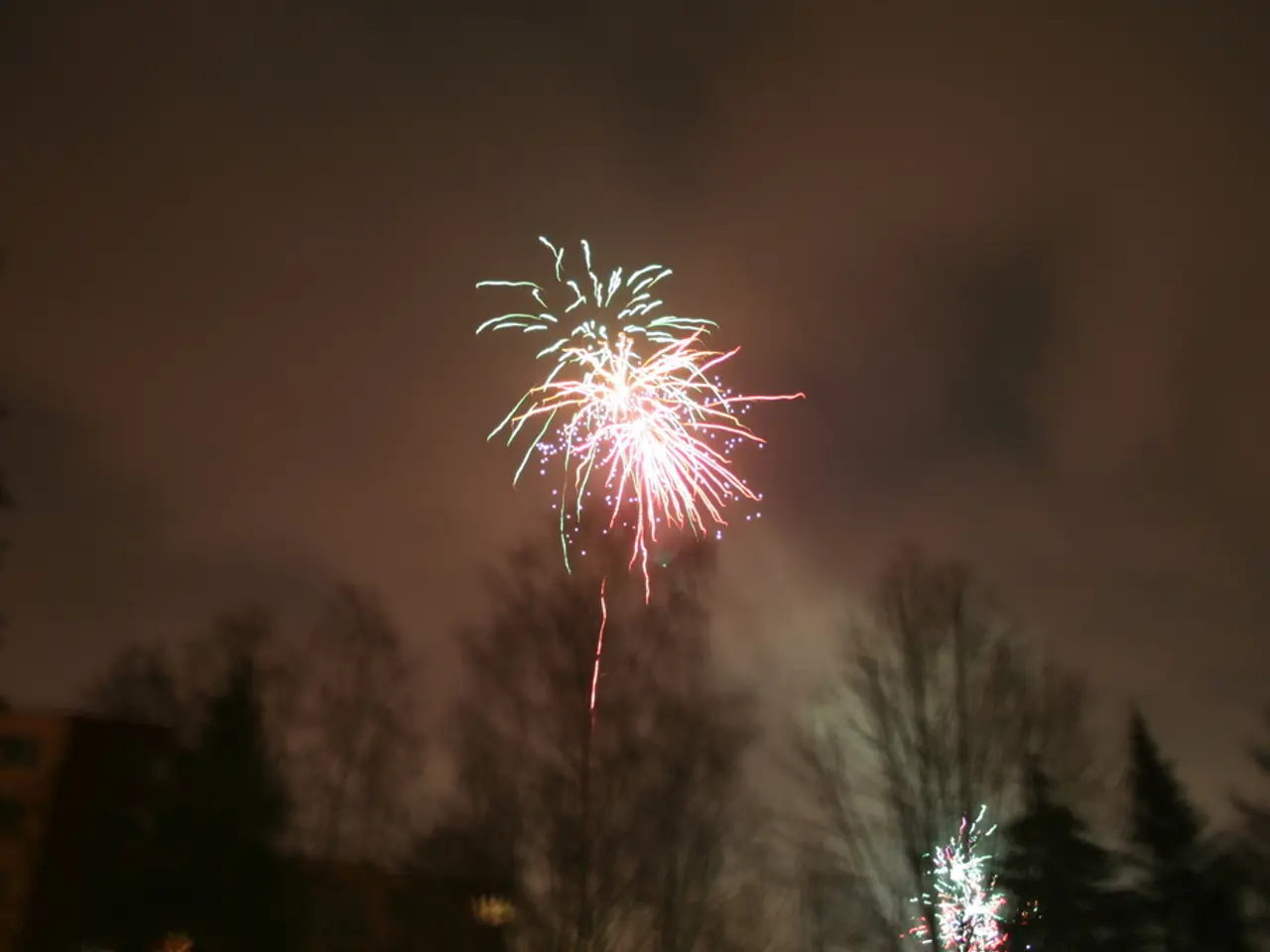Displaced Individuals and Their Sanctuaries: Shelter for Those Who Flee or Abandon Their Posts
In the tumultuous years of World War II, many local men conscripted into the Wehrmacht resisted by deserting, often due to political, ideological opposition or harsh military conditions. This article sheds light on the historical locations in Tyrol, South Tyrol, and Vorarlberg where these deserters were hidden, escaped pursuit, put on trial, imprisoned, and executed.
---
## A Mosaic of Resistance
During Nazi rule, these regions had complex experiences. Many local men were conscripted into the Wehrmacht, but some bravely resisted by deserting. Desertion was severely punished, and deserters faced trials, imprisonment, or execution.
---
## Hiding in Plain Sight
### Mountain Hideouts
The rugged Alpine terrain provided natural refuges for deserters. They often hid in remote mountain huts, caves, or forests. Local peasants or sympathetic mountain guides sometimes aided them. Notable locations include the Ötztal Alps, Zillertal Alps in Tyrol, and Silvretta and Rätikon ranges in Vorarlberg.
### South Tyrol's Isolated Villages
South Tyrol’s isolated mountain villages, near Bolzano and around the Dolomites, served as shelter points for deserters. Resistance groups and local partisans in the region occasionally helped them. The ethnic German population had mixed loyalties, affecting the desertion shelter network.
### Partisan Support Networks
In South Tyrol and northern Italy, partisan groups like the Italian resistance and Südtiroler Freiheitskämpfer assisted deserters hiding from the Wehrmacht. Remote farms, monasteries, and small towns were bases for such activity.
---
## Escape Routes
### Border Crossings
Some deserters attempted to cross into neutral Switzerland via the Alps, though this was extremely dangerous. Others fled south into partisan-controlled territories in northern Italy.
### Dense Forests and High Mountains
Dense forests in Vorarlberg and Tyrol were advantageous in evading German patrols and SS units. High-altitude areas provided natural barriers to rapid pursuit.
---
## The Judicial Process
### Military Courts
Deserters were typically tried by German military courts often located in regional military command centers. In Tyrol and Vorarlberg, military courts operated in Innsbruck and Bregenz. In South Tyrol, courts were conducted in Bolzano/Bozen under German occupation.
### Trials and Punishments
Trials were often summary, with limited defense. Desertion was treated as a criminal offense punishable by death.
---
## Imprisonment and Execution
### Military Prisons
Innsbruck housed military prisons for deserters in Tyrol. Bolzano Transit Camp in South Tyrol functioned as a detention and transit camp for political prisoners and deserters. Vorarlberg had smaller holding facilities but often transferred prisoners to larger centers.
### Concentration Camps
Some deserters were sent to concentration camps like Dachau or Mauthausen, especially if suspected of involvement with resistance.
### Execution Sites
Executions were commonly carried out near military bases or prisons. Innsbruck had execution grounds used by the Wehrmacht for condemned deserters. A notorious site in South Tyrol where executions were conducted, including hangings and shootings of deserters and resistance fighters, was near Bolzano. Some deserters were executed alongside political prisoners in sites such as Mauthausen concentration camp in Austria.
---
For more specific information or detailed historical documentation, I can provide further resources or direct you to regional history museums and archives. The project, sponsored by unspecified entities, aims to document and make visible the locations of desertions, survival, and persecution of Wehrmacht deserters.
For each documented location, a short text will be written that explains the location topographically, describes the historical events and people involved, and is supplemented with additional material. The project is managed by Priv.-Doz. Mag. Dr. Peter Pirker at the Institute for Contemporary History, University of Innsbruck.
One of the photographs taken by Markus Jenewein, a photographer commissioned for the project, is of Tiefentalalm in the Pitztal. Over 1,700 cases of "avoidances" from the Wehrmacht have been documented, with these cases involving soldiers from the regions of Tyrol, South Tyrol, and Vorarlberg, or soldiers from other areas of Nazi Germany who deserted, hid, or crossed the border into Italy, Liechtenstein, or Switzerland.
The project's goal now is to document these locations in the present and make them visible in the media. The Project Website for documenting Wehrmacht deserters' locations is now available. The project will continue to record and research the locations of desertions, survival, and persecution in a database. Photographers in Tyrol and Vorarlberg are commissioned to document selected locations. In Switzerland, deserters from Tyrol, Vorarlberg, and South Tyrol were predominantly recognized as refugees.
- Many deserters from the Wehrmacht, facing harsh consequences for their actions, took advantage of the rugged Alpine terrain in Tyrol, Zillertal Alps, Ötztal Alps, Silvretta, and Rätikon ranges to hide in remote mountain huts, caves, or forests, occasionally finding aid from local peasants or sympathetic guides.
- In South Tyrol, isolated mountain villages near Bolzano and around the Dolomites provided shelter to deserters, with local partisan groups such as the Italian resistance and Südtiroler Freiheitskämpfer offering assistance.





